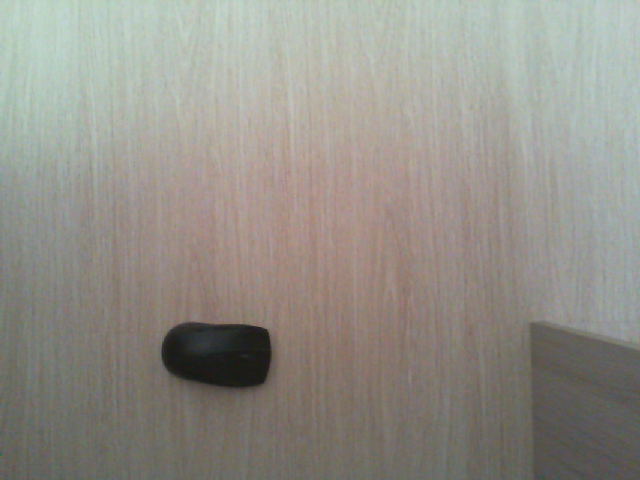Hello!
My task is to detect whether table clean or not. My current method is to do some kind of shadow removal using algorithm given in a SO answer:
img_gray = cv2.cvtColor(img, cv2.COLOR_BGR2GRAY)
dilated_img = cv2.dilate(img_gray, np.ones((7, 7), np.uint8))
bg_img = cv2.medianBlur(dilated_img, 21)
diff_img = 255 - cv2.absdiff(img_gray, bg_img)
norm_img = cv2.normalize(diff_img, None, alpha=0, beta=255, norm_type=cv2.NORM_MINMAX, dtype=cv2.CV_8UC1)
and it gives the following result:


after that I am performing a background subtraction using MOG2 and some morphology:
opening_kernel = cv2.getStructuringElement(cv2.MORPH_RECT, (7, 7))
closing_kernel = cv2.getStructuringElement(cv2.MORPH_RECT, (5, 5))
erode_kernel = cv2.getStructuringElement(cv2.MORPH_RECT, (3, 3))
res = cv2.morphologyEx(mask, cv2.MORPH_OPEN, opening_kernel)
res = cv2.erode(res, erode_kernel)
res = cv2.morphologyEx(res, cv2.MORPH_CLOSE, closing_kernel)
and the final mask looks like

while the foreground mask is 
This method kind of works and successfully detects objects, and moreover, it is invariant to shadows(sometimes), but sometimes this algorithms gives a lot of false positives without an obvious reason. I think, that the problem is in the "shadow removal" because the result looks very strange. I know, that the shadow removal task itself is a very complex and i don`t think, that I need an actual shadow removal, but my program may work outside or in places with unstable lightning conditions and it is important to minimize probability of the false positives. I also think, that my morphology part is not good, but i can`t understand, how to do it properly.
Is there a better way to make my program shadow-invariant without high computing costs (because it will be running on a raspberry pi)?
And, maybe there is a better way to accomplish my goal in general?
Thank you! and sorry for such an unstructured question

